
Dr. Howard Glicksman is a general practitioner with more than forty years of medical experience in office and hospital settings, who now serves as a hospice physician seeing terminally ill patients in their homes. He received his MD from the University of Toronto and is the author of “The Designed Body” series for Evolution News. Glicksman further develops the arguments from this series in a book co-authored with systems engineer Steve Laufmann, Your Designed Body (2022).
Archives

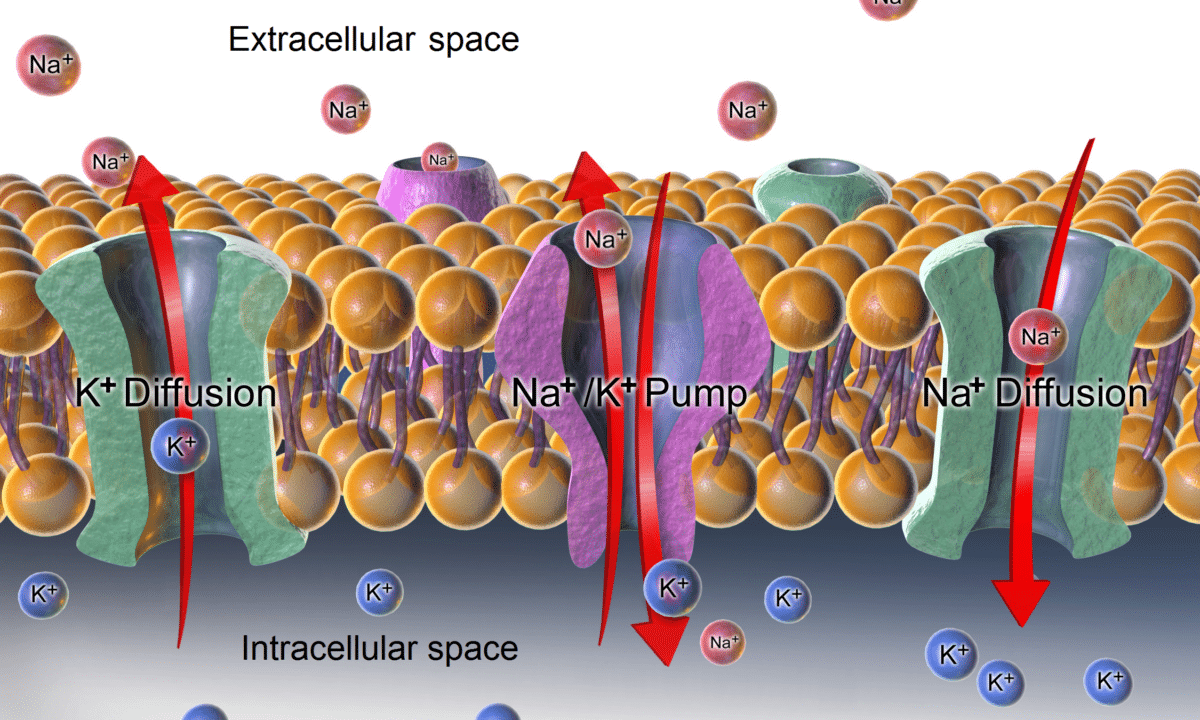
Water Is a Problem, and Your Body Has an Ingenious Solution

Why Evolution Struggles to Explain the Transition to Multicellularity

The Extracellular Space: Where the Rest of Life Takes Place
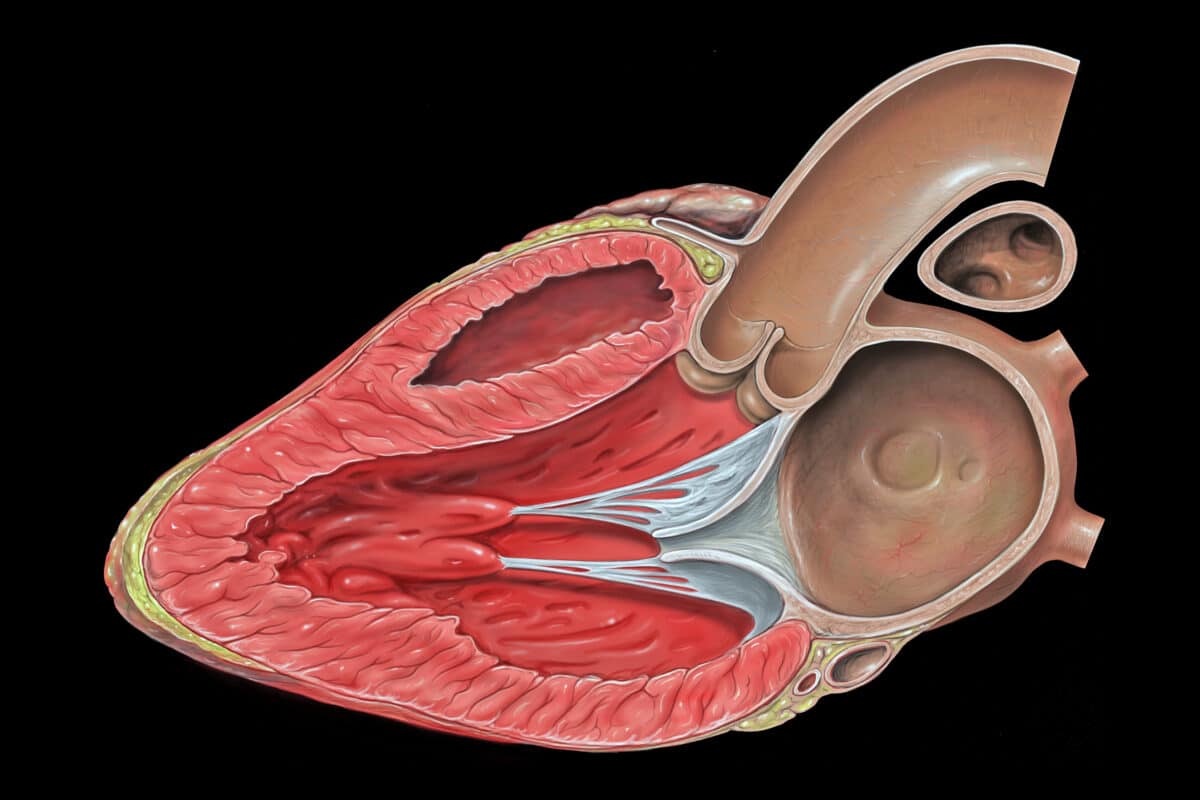
Exposing the Heart of Neo-Darwinism
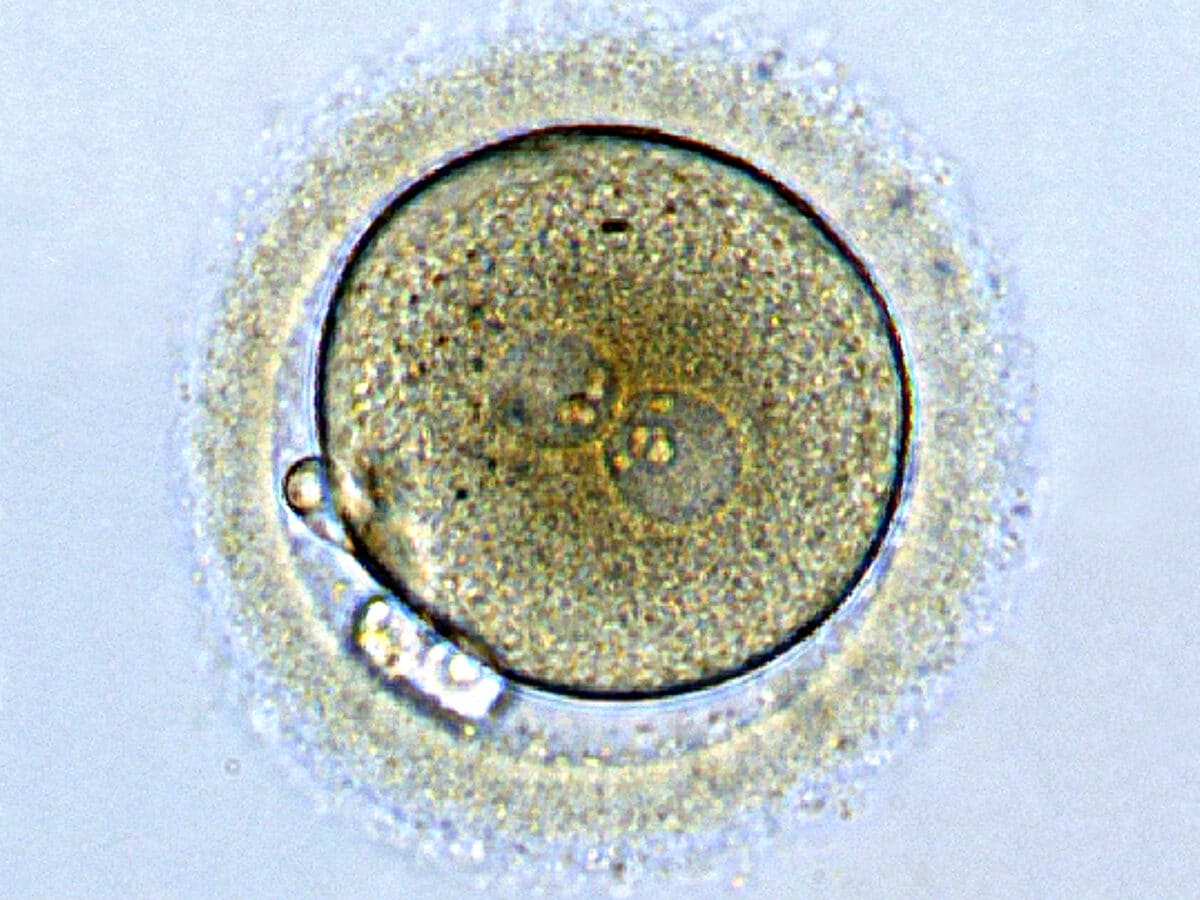
Let’s Think About a Zygote Like an Engineer

Liquid Harmony: How Our Bodies Manage Salt and Water

How We Balance Water and Sodium to Maintain Life

How Life Leverages the Laws of Nature to Survive
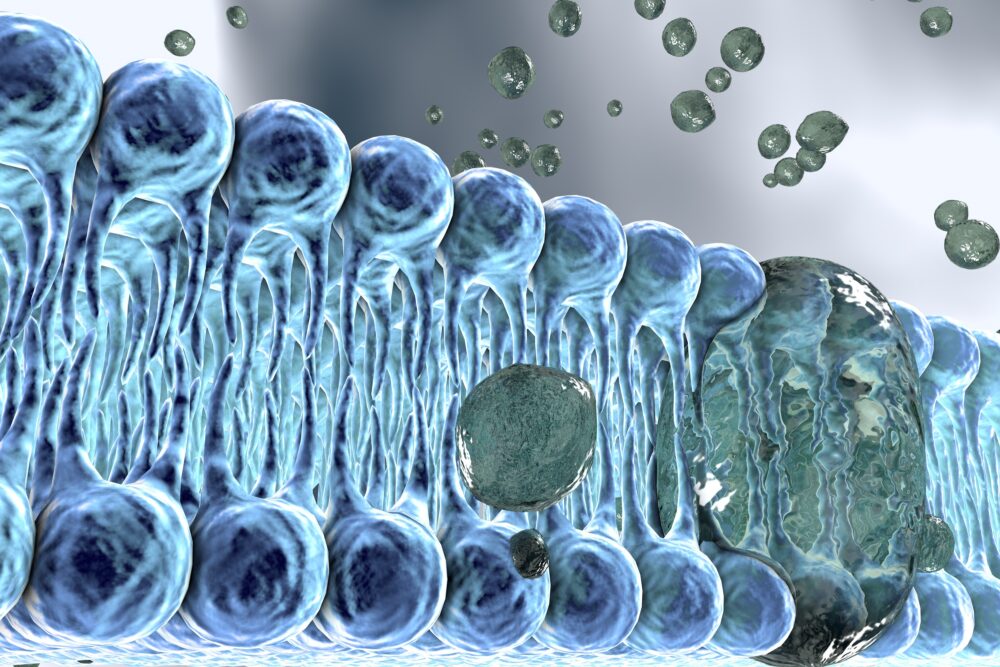
The Innovative Cellular Engineering That Keeps Us Alive
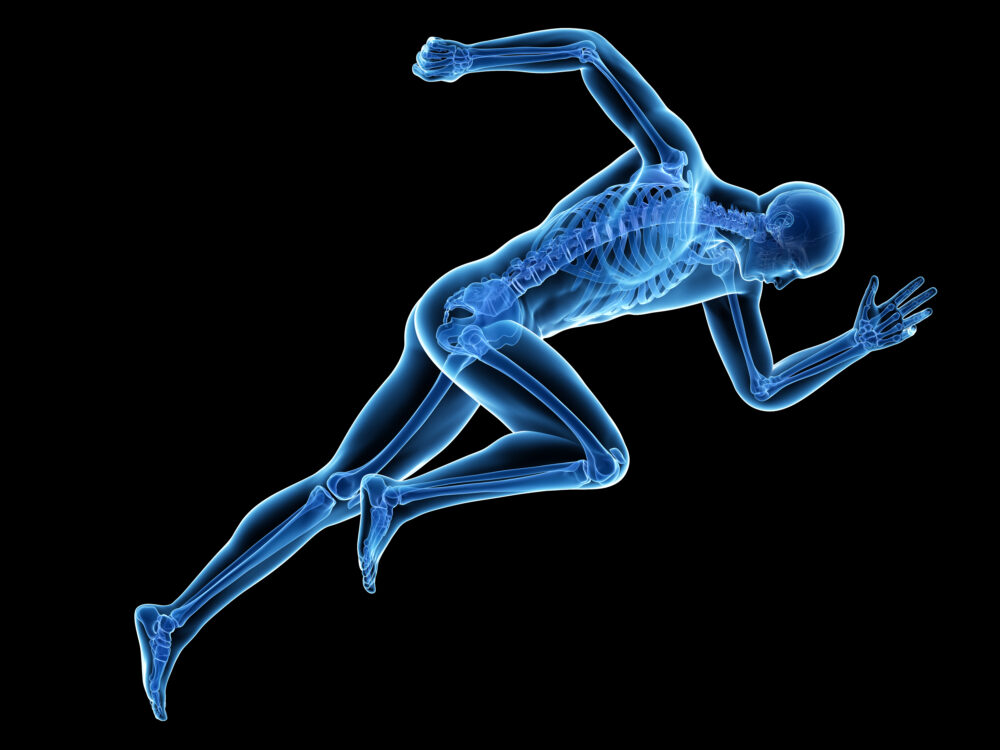
Engineering, not Evolution, Explains the Body
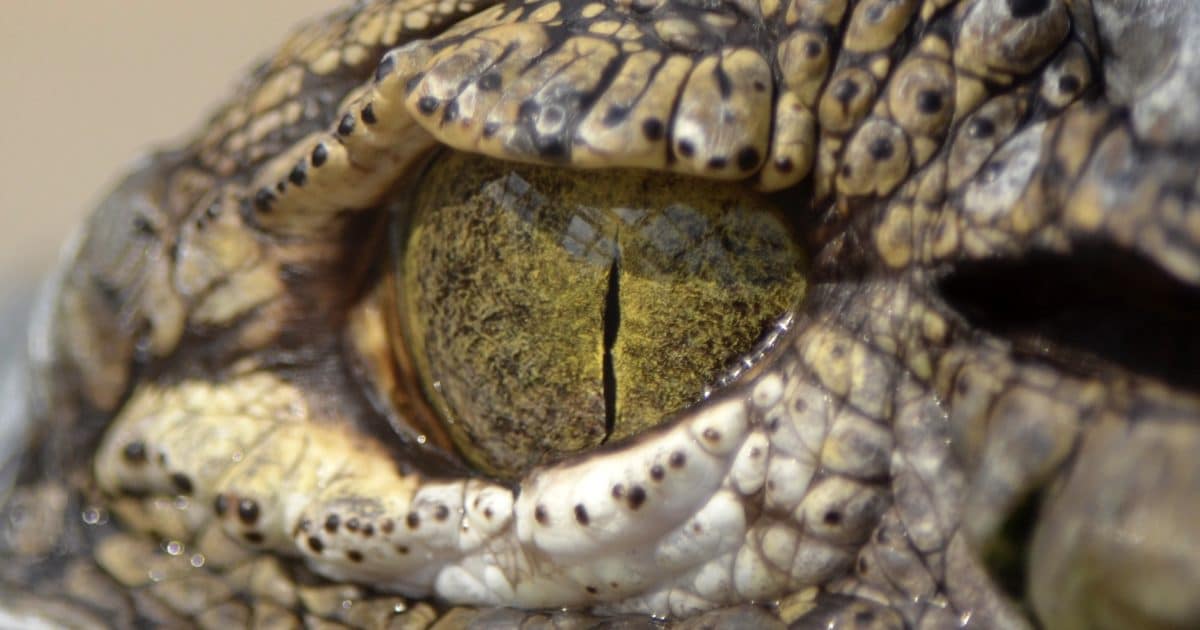
How Does the Crocodile Hold Its Breath So Long?

In Breath-Holding, Kate Winslet and a Croc Are Champions
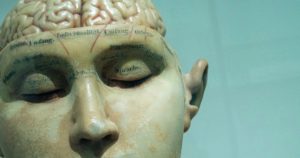
Scientists Discover a “New” Fourth (Meningeal) Membrane Surrounding the Brain
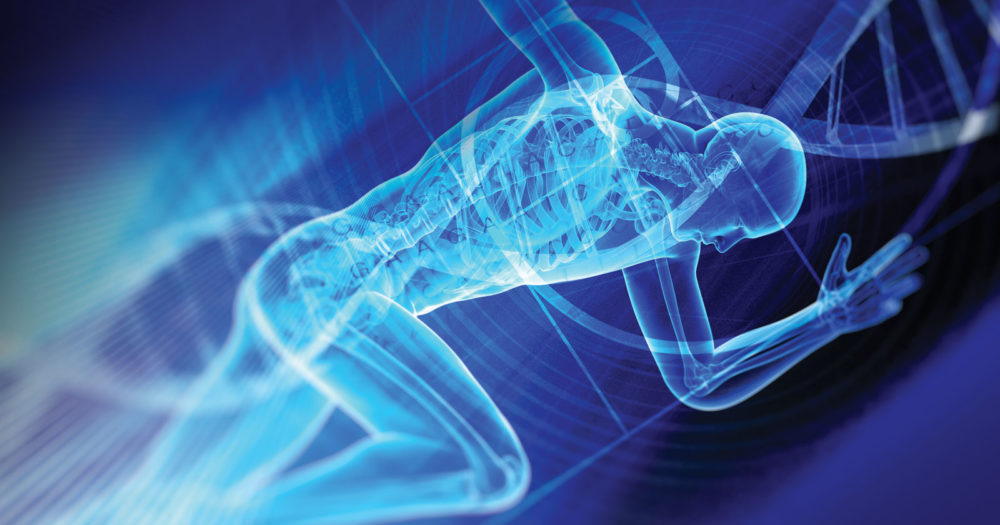
A Physician’s Fantastic Voyage through Your Designed Body

The Supposed Bad Design of the Human Pharynx
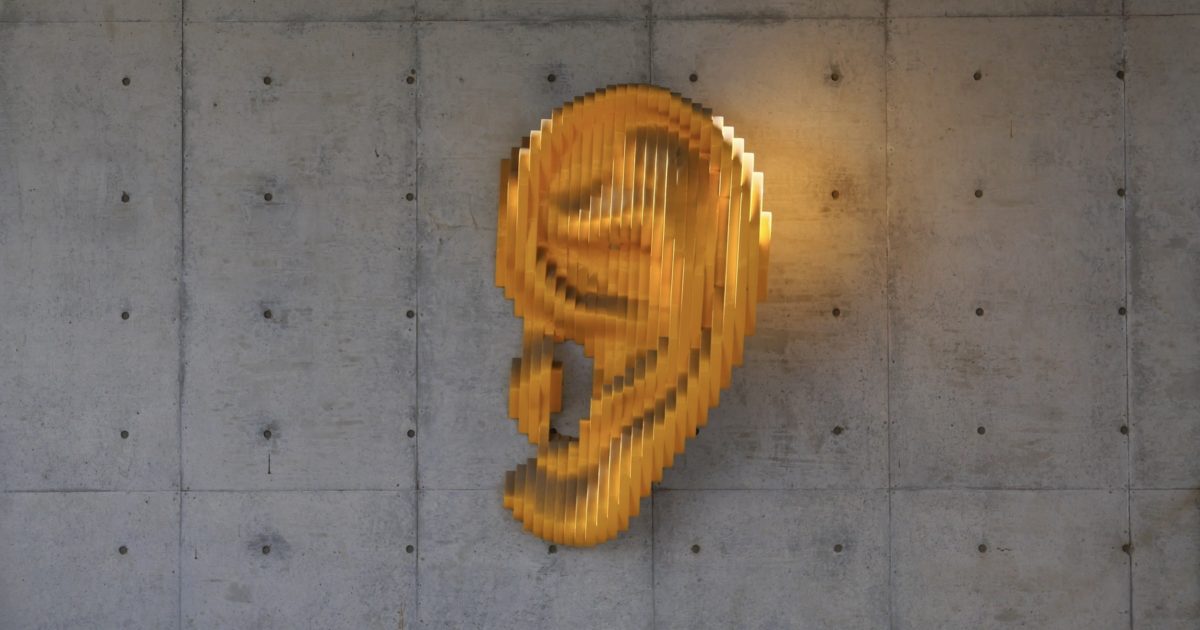
Your Designed Body: Hearing Is a Symphony of Parts

Your Designed Respiratory System: Causal Circularities and Irreducible Complexities

Your Intelligently Designed Body Is a System of Systems
